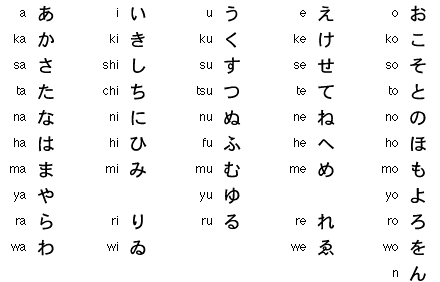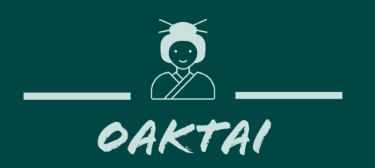The Japanese writing system is as unique as its culture. It is a combination of three scripts: kanji, hiragana, and katakana.
Kanji, which literally means “Chinese characters,” are the most complex of the three scripts. They consist of thousands of characters, each with its own meaning and pronunciation. Kanji characters were borrowed from Chinese characters and adapted to fit the Japanese language.
On the other hand, hiragana and katakana are simpler scripts that are used to represent syllables in the Japanese language. Hiragana is used mostly for grammatical purposes, while katakana is used for loanwords from foreign languages.

Learning the Japanese writing system can be a daunting task, but it is an essential skill for those who wish to understand and appreciate Japanese culture. The beauty of this system lies in its ability to convey both meaning and emotion. In fact, many Japanese calligraphy artists use the art form to express emotions that words cannot convey.
If you’re interested in learning the Japanese writing system, start with hiragana and katakana. They are easier to grasp than kanji and are essential for reading and writing in Japanese. Once you’ve mastered these scripts, you can begin your journey into the complex and fascinating world of kanji.
History of Kana

The origin of hiragana can be traced back to the 8th century, when women in the Japanese imperial court began to use simplified versions of Chinese characters to write in Japanese. These simplified characters were known as onnade, which literally means “women’s hand.” Over time, onnade evolved into hiragana, which is now widely used in modern Japanese.
Basically they took much more complicated shapes and shortened them. This turned into the “hiragana” that we know.
Here are the five vowels in Japanese written in hiragana:
あ (a) い (i) う (u) え (e) お (o)
Today, hiragana consists of 46 characters, each representing a distinct syllable in the Japanese language.
The English alphabet consists of only 26 letters, so learning all of the hiragana characters may seem like a daunting task at first. However, with practice and dedication, mastering hiragana can greatly enhance your understanding and appreciation of Japanese culture. Katakana, on the other hand, is another essential script in the Japanese writing system. Similar to hiragana, katakana consists of 46 characters that represent syllables in the Japanese language. However, unlike hiragana, katakana is primarily used for loanwords from foreign languages. When a foreign word is borrowed into Japanese, it is usually written in katakana. For example, the English word \”coffee\” is written as コーヒー (ko-hi-i) in katakana. The use of katakana is not limited to loanwords, however. It can also be used for emphasis, such as in manga and comic books, to indicate shouting or to highlight a particular word or phrase. Learning katakana is just as important as learning hiragana, and it can greatly enhance your ability to communicate in Japanese.
Both hiragana and katakana are written in a unique way. Unlike English script, which is written from left to right, Japanese script is written from top to bottom, and from right to left. This can take some getting used to, but with practice and patience, you can learn to write Japanese script fluently. In fact, many people find the act of writing in Japanese script to be meditative and calming, and it can be a great way to relax and unwind.
In conclusion, the Japanese writing system is a beautiful and complex combination of scripts that represent both the language and the culture of Japan. Whether you’re interested in learning to speak Japanese or simply want to understand the nuances of Japanese culture, mastering hiragana, katakana, and kanji can greatly enhance your experience.
Where to start learning hiragana?
Everyone recommends starting in the same order, which emphasizes the vowels first, and then you start to learn the sounds by first-letter. IE you will learn a e i o u, and then you will learn ka, ke, ki, ko, ku. This is because most charts and tables with hiragana are arranged in this order.
Start with the vowels:
あ (a) い (i) う (u) え (e) お (o)
And then learn “k” letters.
か (ka) き (ki) く (ku) け (ke) こ (ko)
Once you have those, you already know all these words:
あか (aka: red)
いく (iku: to go)
うえ (ue: above)
えき (eki: train station)
おか (oka: hill)
Learning the Japanese writing system rewards those who seek to understand its intricacies, and it opens up a world of possibilities for those who are interested in Japanese culture. It can help you appreciate the beauty of Japanese calligraphy, understand the meaning and emotions behind Japanese texts, and communicate effectively with Japanese speakers. Whether you’re learning for business or pleasure, the Japanese writing system is a valuable skill that can enrich your life in many ways. So why not start your journey today and experience the wonder and beauty of the Japanese language and culture?

